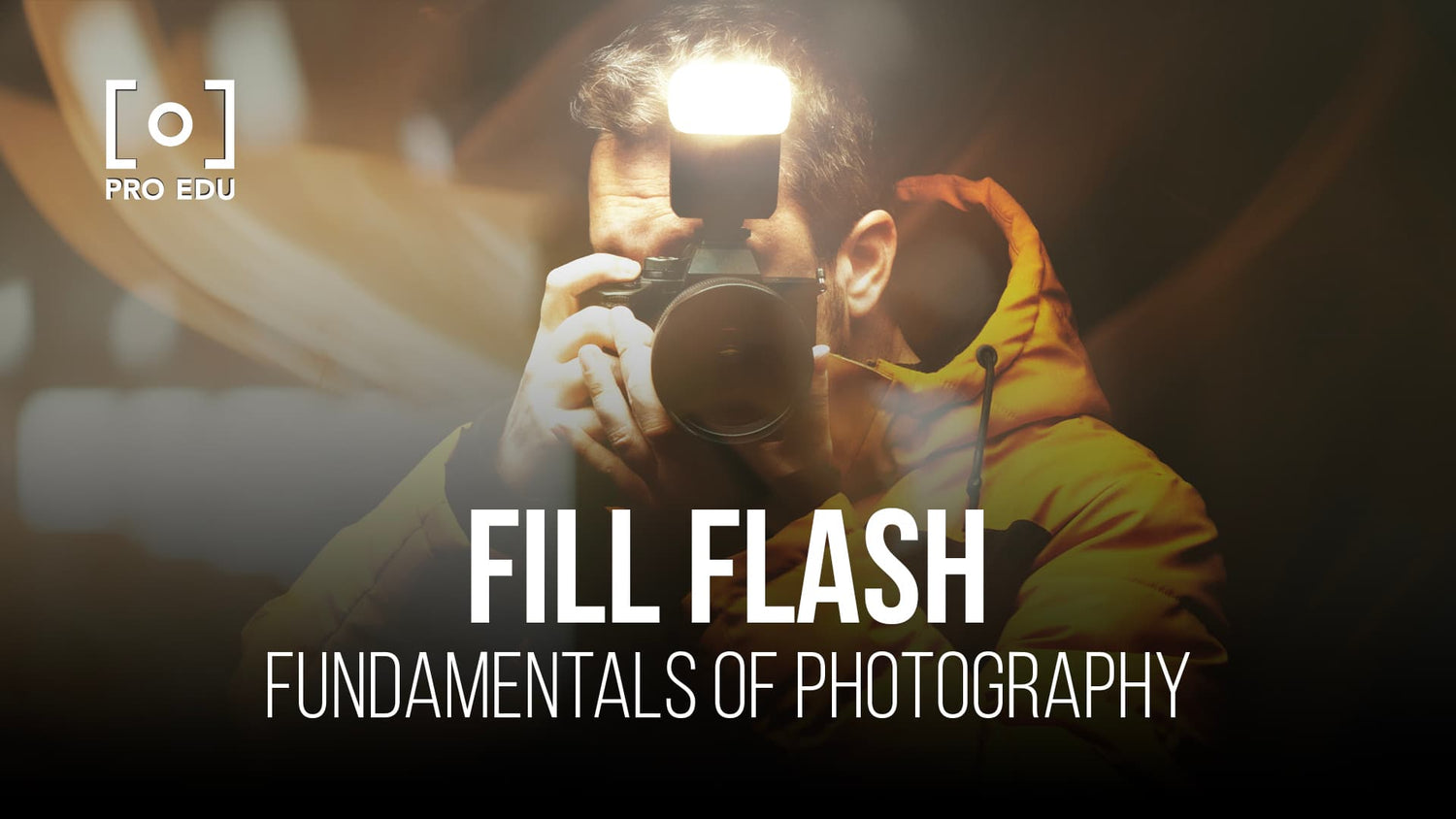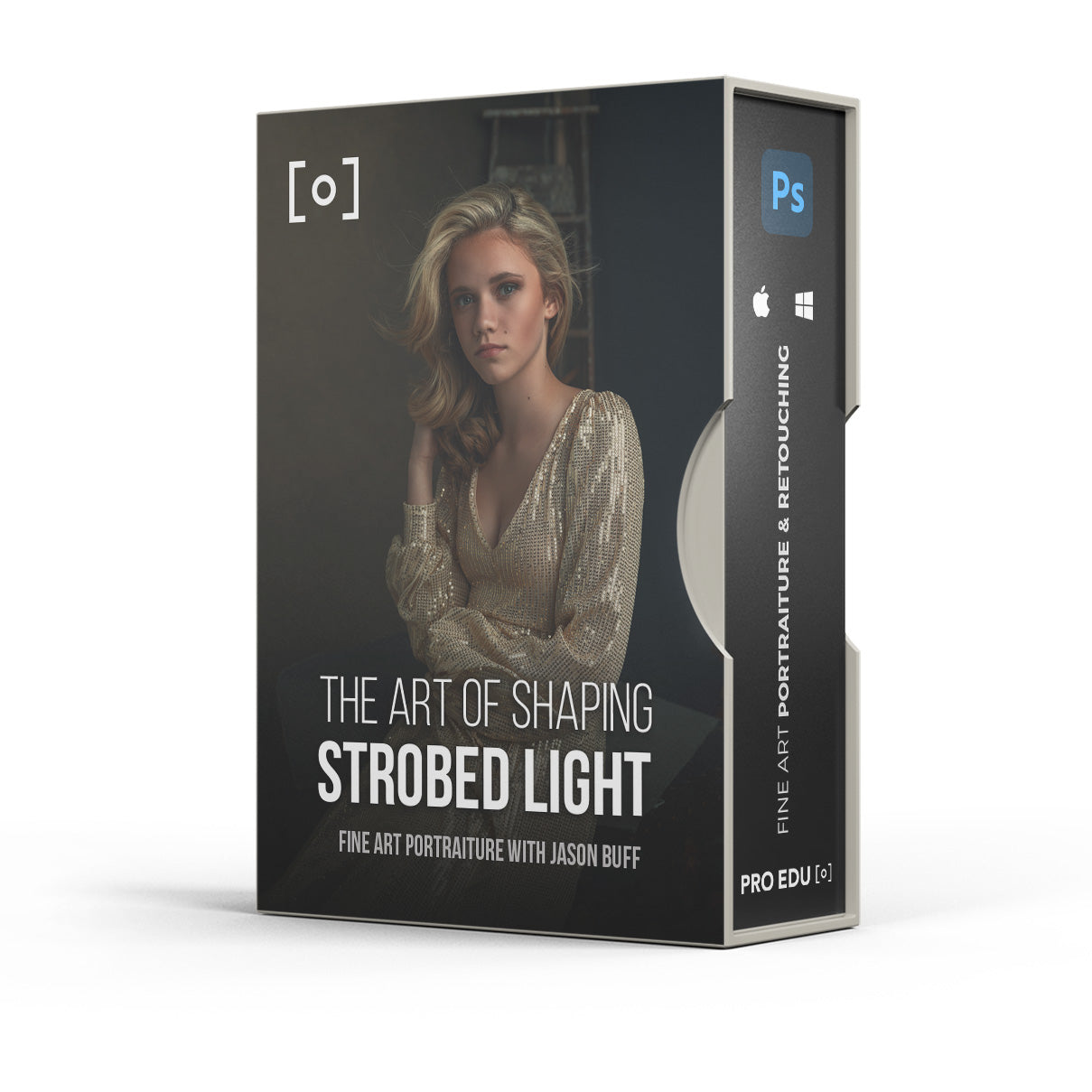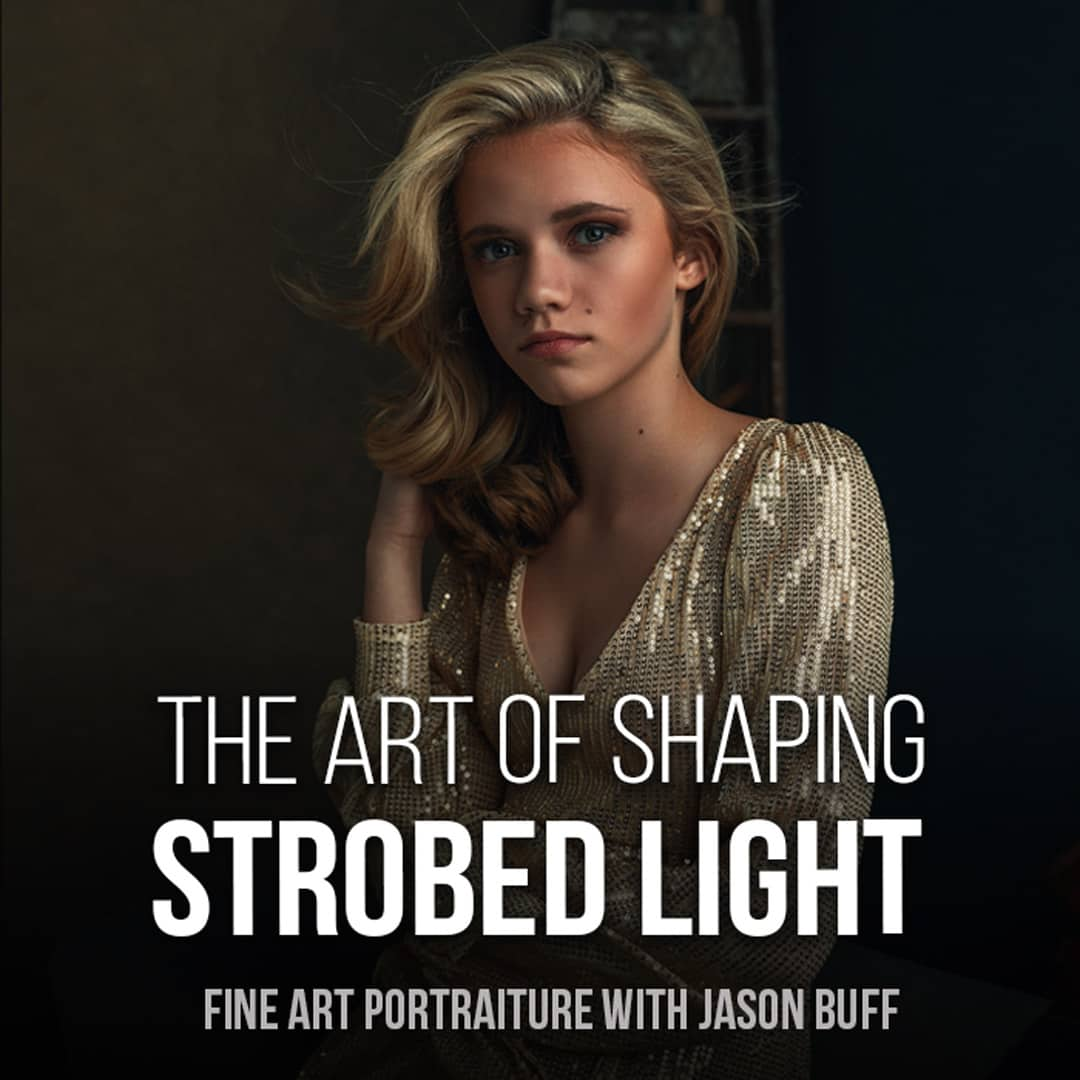Fill Flash Techniques for Balanced Photography: Essential Tips and Tricks
Fill flash techniques can greatly improve your photography by balancing the natural lighting and shadows in a scene. These techniques are especially useful when your subject is backlit or in conditions where the background is brighter than the subject, causing them to appear underexposed or in shadows. By illuminating the subject without overpowering the natural light, you can achieve more pleasing, well-exposed images.
Understanding and mastering fill flash is an essential skill for photographers who want to create stunning images in diverse lighting situations. Key to this is learning to manage your camera settings and flash power, which allows you to control the interplay between light and shadow in your photos.
Advanced fill flash techniques can further elevate your photography by giving you greater versatility in managing challenging lighting scenarios. Such techniques might involve off-camera flashes, diffusers, and reflectors to manipulate the light for optimal results.
Key Takeaways
- Fill flash techniques enhance photography by balancing natural light and subject exposure.
- Mastering camera settings and flash power allows for effective light and shadow management.
- Advanced fill flash techniques offer greater control over challenging lighting situations.
Understanding Fill Flash
Fill flash is a technique used in photography where the camera's flash is fired to fill in shadows in a scene. This is often necessary when the background is brighter than the subject, causing the subject to appear underexposed or cast in shadow1.
Ambient light is the available or natural light in the environment, and it can be difficult to properly balance with the subject's exposure. To achieve a balanced result, we need to adjust our fill flash settings. This can be done by controlling the flash power, either manually or through the camera's automatic modes2.
In manual mode, we can set our flash power based on the distance from the subject, the aperture, and the ISO settings. Experimenting with different values can help us find the right balance between ambient light and fill flash3.
Fill flash photography also allows us to have greater control over the exposure of our subject. It enables us to avoid overexposed backgrounds, underexposed subjects, and retain details in both highlight and shadow areas4.
Some practical applications of fill flash include outdoor portraits, macro photography, and wildlife photography. By properly using fill flash, we can ensure that our photographs maintain the right balance of light and produce images that appear more natural and well-exposed5.
Mastering Camera Settings for Fill Flash
When using fill flash techniques, it is essential to have a good understanding of your camera’s settings. In this section, we'll discuss the key settings to master, such as shutter speed, ISO, aperture, and flash exposure.
Shutter speed plays a crucial role in balancing ambient light with fill flash. Slower shutter speeds allow more ambient light to be captured, while faster speeds help to freeze motion and reduce ambient light exposure. Experimenting with different shutter speeds can help you achieve the desired balance between fill flash and ambient light. Check out this article on Dragging The Shutter: Balancing Fill Flash With Ambient Light for more tips on working with shutter speed.
ISO is another important setting to consider. A higher ISO increases the camera's sensitivity to light, enabling you to use less flash power while still achieving proper exposure. This helps preserve battery life, reduce recycle time, and avoid overpowering the ambient light. However, be cautious with higher ISO settings, as they can introduce noise into your images.
Aperture determines the depth of field, which is an essential aspect when using fill flash. For example, a wider aperture (e.g., f/2.8) creates a shallower depth of field and brings your subject into clearer focus while allowing you to use a lower flash power. A narrower aperture (e.g., f/11) will require more flash power while providing a deeper depth of field.
Flash exposure compensation is a useful tool for controlling the amount of light emitted by the flash, giving you more control over how you use fill flash in your photography. By adjusting the flash exposure, you can better balance the amount of fill light with the ambient light, achieving a more seamless and natural appearance in your images.
Lastly, having a solid understanding of the exposure triangle, which consists of shutter speed, ISO, and aperture, will enable you to make sound decisions when adjusting your camera settings for fill flash techniques. As each setting affects the others, it's important to find the right balance for your specific scenario while considering the interplay between these three factors. For more details on managing flash in various situations, take a look at this comprehensive guide on Fill Flash Photography.
Techniques in Utilizing Fill Flash
When capturing photos in challenging lighting conditions, fill flash is a valuable tool for achieving balanced images. In this section, we'll explore some essential techniques to utilize fill flash effectively in your photography.
One fundamental technique is to underexpose the background slightly, allowing our subject to stand out more clearly. By doing this, we can use the fill flash to illuminate our subject without blowing out the background details. For backlit subjects, consider using an off-camera flash to achieve the desired balance.
Working with contrast can be tricky when using fill flash. Bright sunshine often casts dark shadows, especially on people's faces. To counteract these shadows, bounce the flash off a nearby wall or surface. This helps to soften the light, lower the contrast, and fill in these shadows more naturally.
Using a diffuser on the flash is another way to create a more balanced image. A small plastic diffuser placed on the flash head can make a significant difference in the final result. This diffuser works by spreading the light more evenly, reducing harsh shadows and preventing overexposure.
Finally, angle the flash to control where the light falls on your subject. Position the flash head to aim the light upwards, so it bounces off a ceiling or wall before hitting your subject. This technique creates more flattering, directional light while maintaining the right balance with the background.
Managing Light and Shadow
In photography, managing light and shadow is crucial for creating well-balanced images. One effective way to achieve this is by using fill flash techniques. These techniques can be particularly helpful when dealing with harsh shadows or uneven lighting conditions.
Fill flash is often used when the subject is positioned in front of a brighter background. By using artificial light, such as a speedlight or strobe, we can fill in the shadows to provide a more evenly illuminated scene. This is especially useful for portraits, as it helps to reduce the appearance of unflattering shadows under the eyes and chin.
To balance ambient light with fill flash, we can employ the technique called dragging the shutter. This involves using a slower shutter speed, allowing more of the natural light to reach the sensor while the flash provides extra illumination on the subject. It's important to remember that this method can lead to some motion blur in the background, which can add depth to the image.
When using flash in daylight, we can apply fill-in flash to bring out more details in the subject. In this case, using the camera's program mode can help us achieve a balanced exposure. By selecting evaluative/matrix metering and the appropriate autofocus points, our camera will be better equipped to determine the correct exposure for both the natural light and our fill flash.
In conclusion, fill flash techniques can greatly enhance our photography by balancing light and shadows in various situations. By understanding how to use artificial light in conjunction with ambient and natural light, we can create more dynamic and visually striking images.
Advanced Fill Flash Techniques
One advanced fill flash technique is TTL (Through the Lens) metering, which allows us to automatically adjust flash output according to the camera's metering system. Using fill-flash with TTL helps us balance natural light with artificial light, ensuring proper exposure without overpowering the scene.
An essential skill in fill flash photography is mastering off-camera flash. By positioning the flash away from the camera, we can create more depth and drama in our photos. This technique helps us achieve a perfect balance between the subject and background, adding detail and reducing harsh shadows.
To emphasize specific elements within a scene, we might choose to slightly overexpose the subject. We can achieve this effect by adjusting the flash exposure compensation (FEC) on our camera. Increasing the FEC allows more light from the flash, while decreasing it reduces the flash output.
Another essential technique for balanced fill flash photography is dragging the shutter. This method involves using a slower shutter speed to capture more ambient light, while still using fill flash to illuminate the subject. It's especially useful in low-light situations, such as wedding receptions, where the camera's flash is essential.
Lastly, synchronizing the flash with the camera's shutter, known as flash synchronization, is crucial for creating well-exposed images. Most cameras have a default sync speed (usually around 1/200s), but we can experiment with slower speeds (e.g., 1/100s) to create more interesting and dramatic effects.
By applying these advanced fill flash techniques, we can capture well-balanced, dynamic photographs where our subject and background are expertly illuminated.
Frequently Asked Questions
What are the best settings for fill flash in outdoor photography?
In outdoor photography, fill flash settings depend on the existing ambient light and the desired effect. Generally, we suggest using a flash exposure compensation of -1 to -2 stops to avoid overpowering the ambient light source. Adjust aperture, shutter speed, and ISO to balance the fill flash with the natural light.
How does fill flash improve image quality?
Fill flash improves image quality by reducing harsh shadows on your subject, especially in high contrast situations such as bright sunlight. By illuminating the subject evenly, it creates a more natural and balanced appearance, enhancing details and colors source.
What equipment do I need for successful fill flash photography?
For successful fill flash photography, you need a camera with a built-in flash or an external flash unit that is compatible with your camera. Additionally, accessories like flash diffusers and reflectors can help achieve softer, more evenly distributed light source.
Can fill flash techniques be applied to both DSLR and mirrorless cameras?
Yes, fill flash techniques can be applied to both DSLR and mirrorless cameras. The key is to ensure your flash unit is compatible with your camera, and you understand the camera's settings and features related to flash photography source.
How do I adjust fill flash intensity for well-balanced images?
To adjust fill flash intensity, use your camera's flash exposure compensation setting. This allows you to reduce or increase the flash output according to the scene's lighting conditions. Experiment with different compensation values until you achieve the desired balance between the subject and background source.
When should I use fill flash in mixed lighting conditions?
We recommend using fill flash in mixed lighting conditions when the subject is underexposed, or harsh shadows are present on their face. It can also be used in backlit situations, where the subject appears as a silhouette against a bright background. Fill flash helps to balance the exposure, making the subject stand out source.















